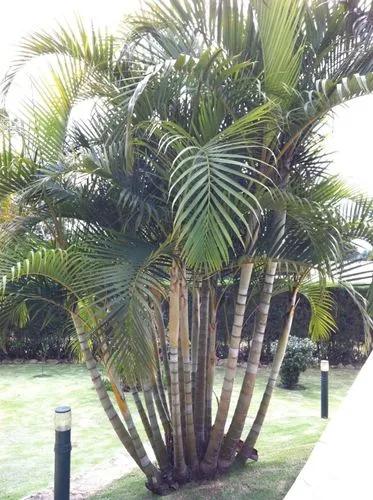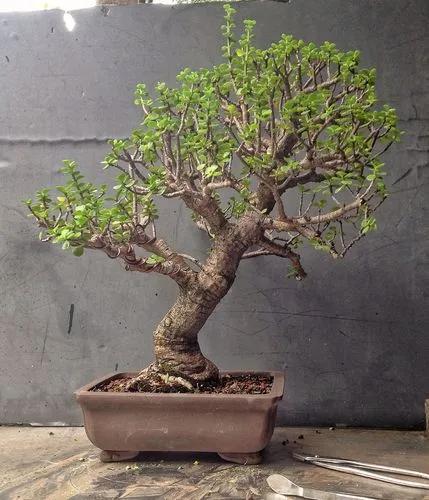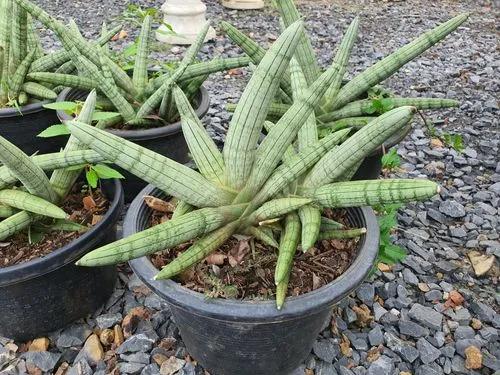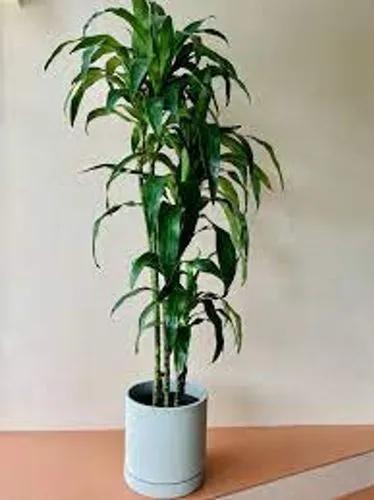Hedera helix is an evergreen climbing plant, growing to 20–30 m high where suitable surfaces (trees, cliffs, walls) are available, and also growing as groundcover where no vertical surfaces occur. It climbs by means of aerial rootlets with matted pads which cling strongly to the substrate. The ability to climb on surfaces varies with the plants variety and other factors: Hedera helix prefers non-reflective, darker and rough surfaces with near-neutral pH. It generally thrives in a wide range of soil pH with 6.5 being ideal, prefers moist, shady locations and avoids exposure to direct sunlight, the latter promoting drying out in winter. The leaves are alternate, 50–100 mm long, with a 15–20 mm petiole; they are of two types, with palmately five-lobed juvenile leaves on creeping and climbing stems, and unlobed cordate adult leaves on fertile flowering stems exposed to full sun, usually high in the crowns of trees or the top of rock faces. The flowers are produced from late summer until late autumn, individually small, in 3-to-5 cm-diameter umbels, greenish-yellow, and very rich in nectar, an important late autumn food source for bees and other insects. The fruit are purple-black to orange-yellow berries 6–8 mm (0.2–0.3 in) in diameter, ripening in late winter, and are an important food source for many birds. One to five seeds are in each berry, which are dispersed after being eaten by birds
Little Hermann Ivy Care
Hedera helix 'Little Herman'



How to Care for the Plant

Water

English ivy prefers moist, humid conditions, but does not like to be soaking wet or waterlogged. Don’t let the soil dry out and keep it evenly moist. Your English ivy can tolerate minimal drought-like conditions but will produce the most vibrant color in evenly moist soil.

Fertilizer

This vigorous plant requires little feeding. A light feeding in early spring is all that's needed and, if planted in ideal conditions, even this is unnecessary.

Sunlight

English ivy requires bright light. That being said, you should avoid exposing the vines to direct sunlight in summer, when the weather is already hot and the strong sun could burn the foliage.

Soil

Fertile, moist, but well-drained soil is ideal for English ivy. In hotter, drier climates, the ground should be heavily mulched to keep it cool and moist.

Temperature

Ivy grown indoors prefer cooler temperatures, with nights often below 60 degrees Fahrenheit. Many species can overwinter outside in pots and will grow back from their stems.

Additional

Nearly all species of ivy can be considered toxic to small pets like cats and dogs, though rarely will the animals ingest enough of the plant to reap fatal results. The culprit is a toxin found throughout the plant but concentrated mostly on the foliage and leaves.

Popularity

79 people already have this plant 29 people have added this plant to their wishlists
Discover more plants with the list below
Popular articles






